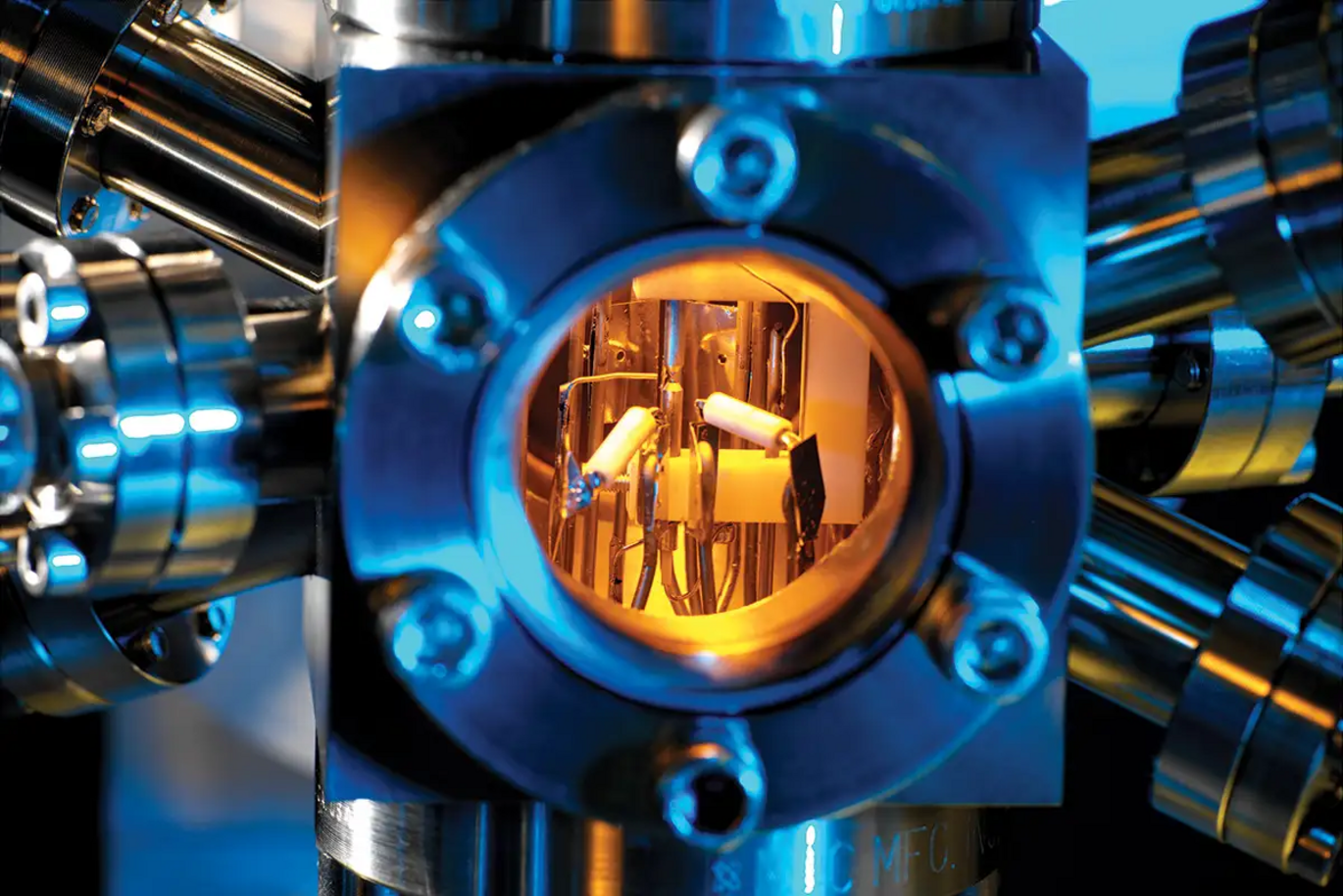Student Colloquium, Martin Cradock Østerlund: Precision Measurements: Atomic Clocks

Supervisor: Jan Arlt
Since 1967, the second has been defined by a narrow transition in the Cesium atom. This landmark event was made possible by the construction of the first atomic clock, of which the first operational model was constructed only 12 years prior. Since then, the evolution of the atomic clock has evolved massively, with prominent research groups in USA and Germany spearheading the way towards even more accurate timekeeping. In this colloquium we will look at what makes the atomic clock tick, beginning with the conception and evolution of the Cesium standard. We will also look towards the next generation of atomic clocks, the so-called optical clocks, which promise to be even more accurate than their Cesium counterparts.
